A food label, the information presented on food product, is one of the most important and direct means of communicating information to the consumer. The internationally accepted definition of a food label is any tag, brand, mark, pictorial or other descriptive matter, written, printed, stencilled, marked, embossed or impressed on, or attached to, a container of food or food product. This information, which includes items such as ingredients, quality and nutritional value, can accompany the food or be displayed near the food to promote its sale.Here are 8 things your pre-packaged food must include the following on its labels:
The name of the food.
A list of ingredients
The percentage of certain ingredients
Any instructions for use, such as cooking instructions if they are needed
‘Use by’ or ‘best before’ dates
Storage instructions
Contact details
Contact details
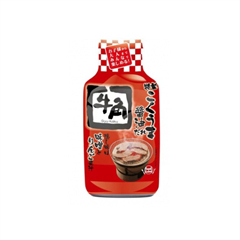
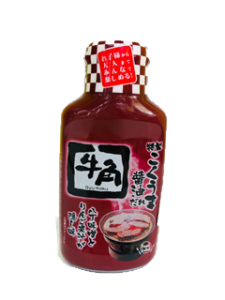
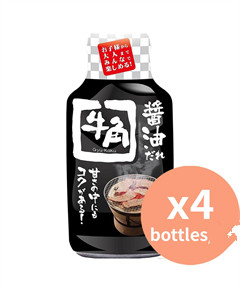
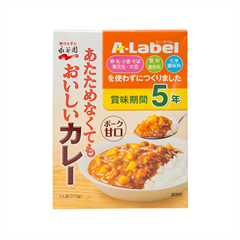
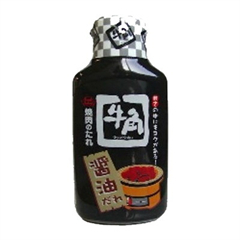
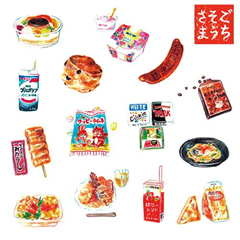
The name of the food. This must be a true representation of your product and must not be false or misleading.
A list of ingredients. You must use ‘Ingredients’ as the heading and list the ingredients used to make the product in descending order of weight.
The percentage of certain ingredients. If you emphasise a certain ingredient on the packaging of your product, such as ‘Chicken Burgers’ you must state the quantity of this ingredient as a percentage in the ingredient list. For example: chicken (75%). This is also a requirement if you highlight the ingredient with a picture or graphic, such as a cartoon strawberry on the packaging of a yogurt, or if it is necessary to distinguish the product.
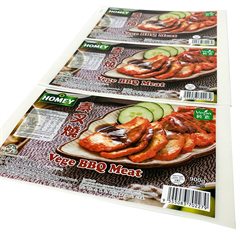
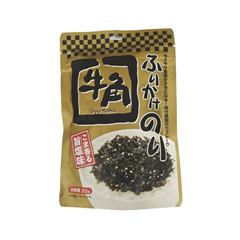
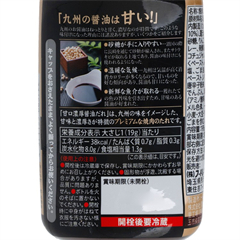
Any instructions for use, such as cooking instructions if they are needed. This includes the cooking equipment, temperature, cooking time and any other specific instructions needed to prepare the food.
‘Use by’ or ‘best before’ dates. By putting these dates on your products, you will help customers store and use your food safely, as well as reduce food waste.
Storage instructions. These instructions help your consumers safely store products before and after opening the packaging, which will ensure they remain safe to consume. For example: ‘Store in a cool, dry place. Once opened, refrigerate and consume within 3 days.’
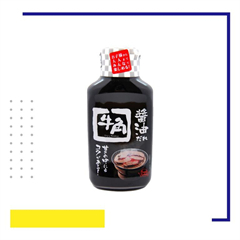
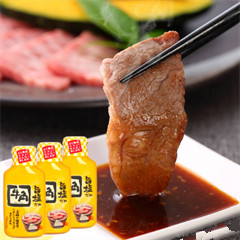
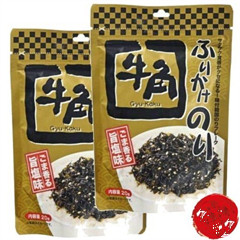
Contact details. Include the country of your business, the name of your business and a contact address.
Country of origin or provenance. You must not imply your product originates from where is was manufactured if you sourced it from somewhere else. For example, if the tuna used in your product was fished in Canada, shipped to the UK and produced into a pre-packaged meal, you cannot say it is British tuna.